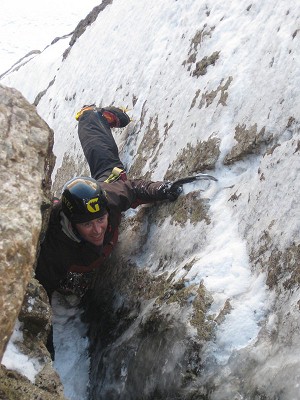
When the chips are down, where do you draw the line on chipping, gluing and reinforcement of routes and boulder problems? If a hold breaks off naturally, should it be glued back on in a reconstructive act of cosmetic surgery? What about removing that sharp, spiky nubbin that rips my skin? Can I reinforce a wobbly hold on my project in order to keep it feasible, or let nature take its toll and suffer in the knowledge that it's now 4 grades harder?
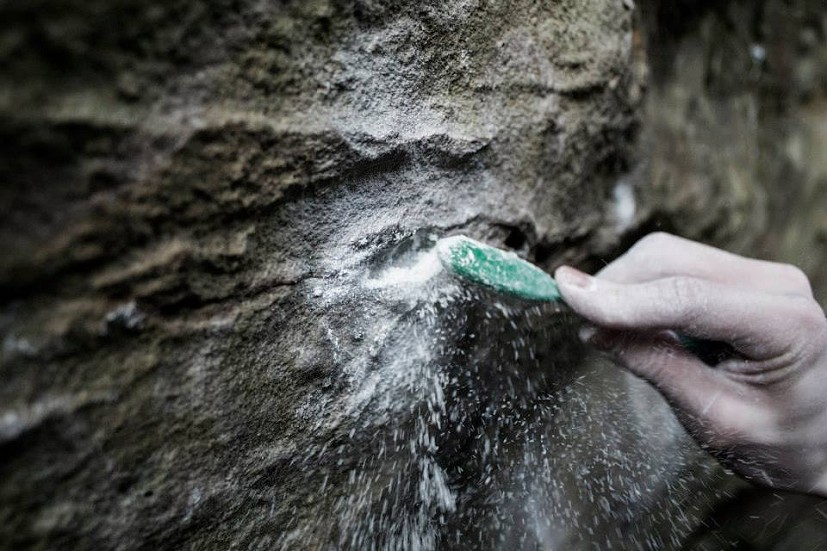
Recent topical issues bringing this theme to light include the Gioia controversy, Nalle Hukkataival's post-vandalism re-opening of L'Alchimiste in Fontainebleau (UKC News Report), and Ashima Shiraishi's outstanding ascent of Open Your Mind Direct 9a in Santa Linya (UKC News Report), a route whose grade was brought into question after a hold breakage.
Chip (verb), chipped, chipping:
- to cut, break off, or gouge out (bits or fragments):
- to disfigure by breaking off a fragment:
- to shape or produce by cutting or flaking away pieces.
Chipping is an artificial form of enhancement on a piece of rock, and - despite being long-practiced and dating back to the initial free attempts on The Nose - is generally frowned upon in the majority of climbing areas, with the exception of specific locations used for dry-tooling (Newtyle Quarry) or at crags where there is a history of chipping and gluing on holds with sika or other adhesives (Gorges du Loup, for example). Be it through excessive brushing and cleaning or use of force to manufacture artificial holds in the rock, chipping and gluing are certainly very contentious issues in the climbing community.
In the US, professional climber Ivan Greene was dropped by his sponsors and shamed for chipping on the boulders in The Gunks, New York in 2013. Closer to home and in the same year, a mystery chipper vandalised Cratcliffe and Robin Hood's Stride (UKC News Report) causing an outrage.
Recently, some climbers had a chip on their shoulder(!) regarding Christian Core's world-famous boulder problem Gioia 8C, which he opened in 2008. A controversy ensued after Dave Graham and Daniel Woods worked the problem and Dave found a new knee bar using an alternative foothold which subsequently broke off, making the crux on the 8A+ stand version significantly easier. The next day, Christian reportedly glued over the scar on the rock to prevent anyone from using it.
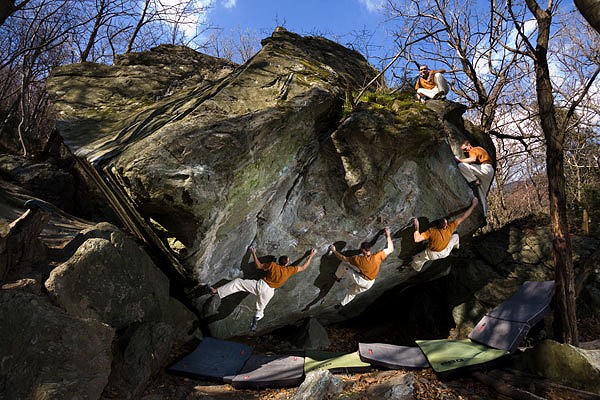
An online blog named The Burrow Files published an entry titled "Varazze Journals: Part 1," which was written by climbers who were in the company of Dave and Daniel, explaining the situation and expressing outrage at Christian's actions:
"Christian sent us a text early the next day asking about the chipped foot!? It wasn’t the foot he used and with the “chip” he felt the problem was becoming easier. He demanded that the Americans refrain from using the foot. In fact he went so far as returning the next day to fill the foothold in with glue so that no one could use it…"
To make matters more complicated, many people are unaware of the fact that Gioia was a heavily manicured problem from the off - with up to five holds reinforced with glue before the problem saw Christian's first ascent.
"[Gioia] is on some slick small crimps on an overhanging wall that is held together mostly by glue. That is a toneless statement right there. I don’t really care about glue. Christian went through a great deal of trouble to clean the area and the line and he wanted to preserve it so he glued that problem down tight."
The blog goes on to describe their views about the situation, comparing the scenario to an indoor wall:
"I don’t care one way or the other about gluing holds for security, but that was a usable foot before it broke and after it broke. I do care that someone filled it in to make their beta the only beta. This isn’t gym climbing, holds aren’t “off” and if they are it is simply an eliminate line. There is nothing controversial about that but chipping rock to make holds better isn’t ok, and neither is filling in holds so people can’t use them."
These comments bring into question the concept of "ownership" of a particular sequence or problem. Does Christian have a right as the first ascensionist to dictate a set sequence for the problem? Due to Gioia being so reliant on its glued holds, does it make this incident less controversial - surely Christian was simply trying to uphold the status of such a historic problem with a particularly "delicate" backstory to say the least. Who has the final say? The first ascensionist, climbers repeating the problem or the public?
Christian commented on 8a.nu: "I am very sorry for any misunderstanding and poor communication. The broken and glued hold is on the crux of Gioia stand 8A+ so I did not think it was such a big thing but important to preserve the lines. There was already invisible glue on four more holds on the 8A+."
Another problem with a murky history is L'Alchimiste 8B at Apremont in Fontainebleau, which was first opened by Marc Le Menestrel in 1997 and had until this year never been repeated due to the crux holds being maliciously hammered off shortly after his ascent by an unknown vandal. Nalle Hukkataival recently made the first post-break ascent. Despite the holds being removed, the grade of 8B has so far remained unchanged.
On the subject of grade changes, 13 year-old Ashima Shiraishi's groundbreaking ascent of Open Your Mind Direct 9a has also brought the topic of hold breakage and upgrades to the fore. Since a hold broke up high, no-one other than Ashima has completed the route and initial speculations about the grade came in at 9a+ with the missing hold, before being dismissed as a misunderstanding amongst local climbers.
When a hold breaks, it more often that not results in the route or problem becoming more difficult as opposed to making it easier, and the temptation is to render the climb possible again, sometimes without bothering to work out a sequence with the missing hold.
Whereas most climbers will likely agree that unnecessary and in many cases unethical chipping of rock is wrong, the lines become slightly unclear (excuse the pun) when rock breaks off naturally - or as 'natural' as can be when applying bodyweight to a tiny flake of rock - and the desire to restore the original move arises, be it by gluing or further chipping into the rock to make a new hold. What about reinforcing large and potentially dangerous blocks and flakes, particularly if "gardening" or developing a new crag - is this minimising risk, defacement or simply prolonging an eventual, risky rockfall?
Many who counter the serial rock-chippers will speak of the beauty of a natural line versus the manufactured single-mindedness of chipped or glued routes or problems. By performing your very own cosmetic enhancement on a piece of rock, you limit the possibilities for others through selfishness and limit creativity and development, they argue.
It may seem like much ado about nothing, causing a fuss about the state of pieces of rock which have existed for millions of years. Yet as climbers this seemingly arbitrary discussion is important to us - ethics and aesthetics are key concepts in climbing, founding the basis of much of our history and leading by example for future generations, albeit with boundless controversy and inevitable disagreement.
More Articles



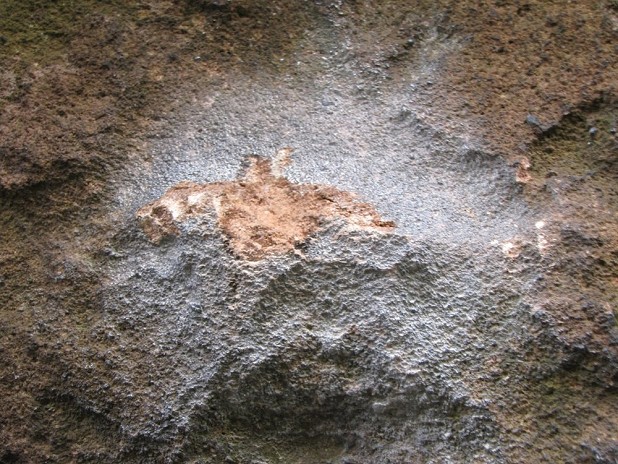

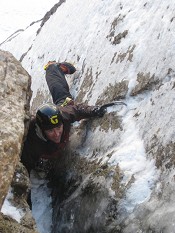








Comments